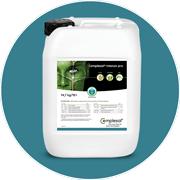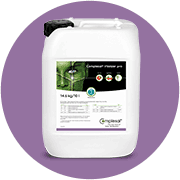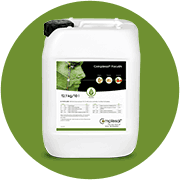
Oilseed rape
Oilseed rape demands a high amount of nutrients. A well-balanced nutrient supply of the plants ensures high yields. All fertilizer applications need to be adjusted to the local soils. Foliar fertilization helps to supply nutrients as an addition to liming and basic fertilization. Especially micronutrients can be applied efficiently in times of rapid growth.

Key nutrients:
Nitrogen deficiency can be recognized when the plants appear stunted. Older leaves become paler or yellow, as Nitrogen is very mobile within plants. Stems are thinner and branching is reduced resulting in a thin and open canopy. Moreover, flowering is reduced and periods of flowering as well as ripening are shortened. The decrease of pod number and seed size has a significant impact on yield.
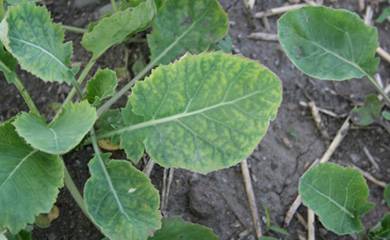
Sulphur plays an essential role in oilseed plants as it is a component of proteins. If it is deficient, protein synthesis will be inhibited. As proteins are located in chloroplasts, plants show paler leaves. As Nitrogen and Sulphur are relevant for the production of proteins, there is a close relationship between the supplies of the two nutrients within the plant. High rates of Nitrogen can cause deficiencies of Sulphur if the supply is not sufficient. But the efficiency of Nitrogen uptake is improved with an adequate supply of Sulphur.
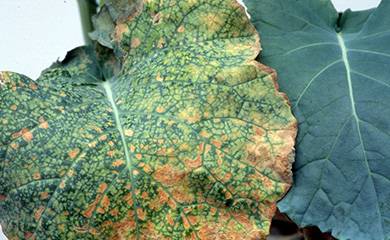
Boron plays a key role in cell wall biosynthesis, carbohydrate and protein metabolism as well as in cell division and cell elongation. Boron is involved in root and shoot growth. It is therefore critical for the plant during rapid growth in autumn and stem elongation in spring. Boron is required for pollen germination and pollen tube growth ensuring adequate pod set.
Product recommendation oilseed rape
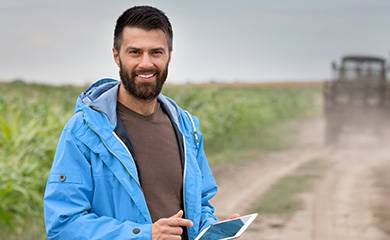
Contact us for more information
Whether you’re interested in more information or just have some questions, we’re here to help. Our experts will be pleased to share their knowledge with you and take care of your request.
